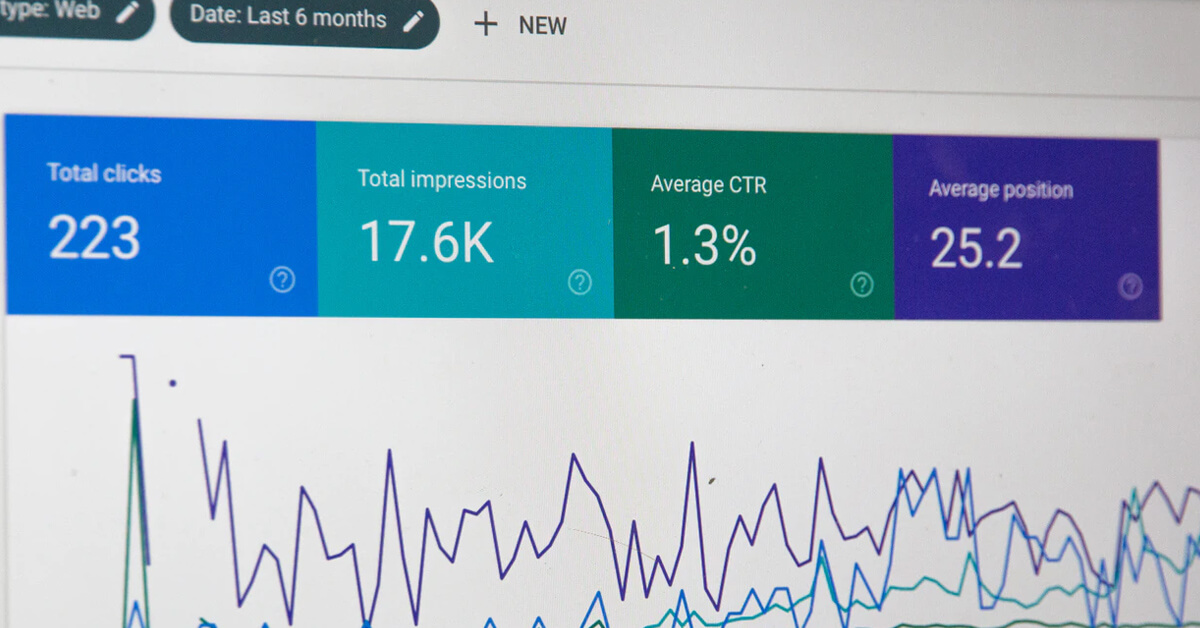If your business has an online presence, there will inevitably come a time when it is necessary to redesign your website. Maybe you just want to refresh your current look, or your existing site isn’t converting, or you haven’t had a redesign in the last 10 years. Whatever the reason, you need to consider the SEO impact of redesigning your site. Especially if it is ranking and performing well in SERPs.
If the SEO isn’t taken into account, any successes on your current site will be lost, and all the work completed over the years could be rendered useless.
This is because a redesigned website has the potential to change some of the core underlying factors that affect your rankings in search engines. The main ones in question being your on-page content, links pointing to your site, and your metadata and page titles.
If you are an SEOer, you need to get involved with a website redesign from an early stage. If you’re a designer/developer, make sure you involve the SEOer from an early stage. If you’re the client and it’s your website being redesigned, ask the question; “Has this been run past my SEO person?”. Whoever you are, whatever your position, make sure that there has been some SEO input – and not just two days before launch.

Now that we’ve established that SEO needs to be considered at an early stage when redesigning your site, how do you go about this?
This article assumes a solid SEO foundation already exists, and identifies areas that should be considered to make sure this continues through the redesign process.
Work out what is working right now
The first step in conserving your SEO successes to date, is to work out what and where those successes are right now.
In a large number of cases, there are a small number of pages that bring in the majority of the traffic to your site. You can view these in Google Analytics > Behaviour > Site Content > Landing Pages. Take your time to look through these pages, take note of the onpage content, URL structure, review the page titles and meta descriptions. In an ideal situation, you will make as few changes to these as possible. These elements have a big part to play in your current rankings and making changes to these could have a big impact.
Start rewriting the page copy and you risk losing some of the relevancy you have at the moment. Change the meta description and that “hook” that had people clicking on your result in the first place might be gone. Re-write your page title, and search engines may decide you’re no longer relevant to the queries that were actually generating traffic. One key thing to remember is your site is shown for far more search queries than you are optimised for, and it is not always clear to the SEO person what terms bring in the most traffic. This is why making changes is so risky when it’s working already, as it is hard to get a clear picture of exactly why something is working, even if you can see that it is.
It is not all about “don’t change”, but by working out what is working, you can start to paint a picture of what isn’t working, or where there are opportunities to improve. If your homepage is ranking for the majority of your search terms for example, it opens up your internal pages to target wider search terms that you may currently be missing.
Consider URL structure / redirects
Changes to your URL structure can have a big effect on your SEO. This can be both an opportunity and a risk when it comes to a redesign. If your URL structure is currently poor, and doesn’t lend any context to your content then it could be the perfect time re-structure your site and pick up some of the benefit. This will then require your existing URLs to be redirected to your new ones.
A change to the way Google handles 301 redirects means that this will now pass all of the link authority onto the new URLs, whereas previously you would lose around 15% of the authority. However, SEO isn’t all about the link authority and it is important to consider the other factors in play, such as keyword relevancy and PageSpeed. Another redirect means that it takes longer for a page to be rendered for the end user, which is becoming a factor of increased importance in the eyes of Google.
New link structures mean old internal links will be broken, so it’s important to remember to update these if needed. Likewise remember to submit an updated sitemap to Search Console and Bing Webmaster Tools. This will help speed along the re-indexing of your new pages.
As we’ve mentioned, making changes to your URL structure can be both an opportunity and a risk. The important thing is to realise that, and make sure it is taken into account, and that if changes are made, they are made for a good reason – and don’t forget to redirect the old URLs!
Key metrics snapshot
It’s important to take a final snapshot of any key tracking metrics relating to your original site – Just look at things like average traffic patterns, keyword rankings, which pages are actually ranking for those keywords etc. This way you can quickly identify any positive or negative changes when your new site goes live.
Have your rankings for a particular keyword suddenly dropped? If you know which page was ranking for this term before, you can review the content on the page or any changes to the metadata or URLs etc to see if there could be any issues. You can also review which page is now being ranked in results pages to see if this has changed.
We have seen in the past as a redesigned site is being indexed again, sometimes it is the homepage that starts ranking for a lot of the terms but as it may not hold as much relevant content, it can often rank lower than the original page. This tends to be an indexing issue and as time passes and the new pages are indexed, assuming no major changes, the rankings will return to where they were previously.
Tracking codes
The final bit will not help your SEO directly, but is something that can often be forgotten when a redesign goes live…remembering to re-add all of your tracking and authorisation codes. Whether it be Google Analytics, Google Tag Manager, Facebook Pixel, Mouse Tracking Software, or Search Console Authentication etc, there’s nothing worse than logging in to analyse your new data to realise nothing has been collected.
The key thing to take away from this article is that SEO needs to be considered as soon as a website redesign is mentioned. If changes to core content structures are to be made, that they are made for a good reason and not just because they can be.
If you are going through a website redesign at the moment and are worried or unsure about the implications, then contact us today and we can guide you through the process.
Here is an introduction into the basics of SEO.





